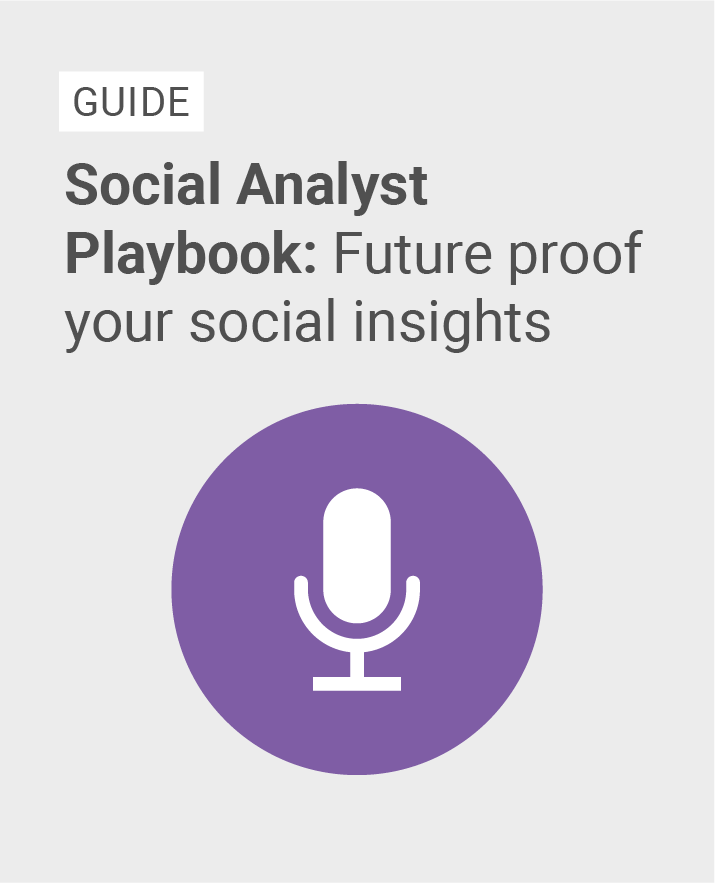Getting appropriate questions from non-analysts’ requests
I put a scenario to Paul – you’re an analyst going about your business when you’re accosted by a member of a different team asking if some social data could be gathered around a particular topic. How can an analyst take the ramblings of someone who doesn’t work with social data and turn them into questions that can be answered?
“It seems sensible to ask about topics that are big in conversations around your industry, but even nailing down what a topic is is difficult…When you’re getting started, the majority of the work (60%) is finding the right question. Then 40% is analysis.”
This breakdown surprised me – as someone who often tends to take a more exploratory approach to social data by looking around at different elements of the conversation before crafting a story around that data, spending 60% of my time wondering what questions to ask seemed like a lot.
“Over time as an analyst I’d make it my priority to get that initial time down,” said Paul. He’s clear that putting together processes that answer predictable questions on a regularly basis is a good way to set up your system so you’re not spending all your time pondering.
What doesn’t help is that there’s no one-size-fits-all approach to categorizing social data in all the ways we want it to be broken down. An example Paul gives is sentiment analysis. “The reality on the ground is that one-size-fits-all sentiment models aren’t always fit for purpose – they have a hard time with language which is idiosyncratic to a brand, an audience, an industry, or an event.”
Paul says that the teams that get the most out of sentiment classifiers are those that invest time in monitoring the kinds of words people use in their own industry or area and making an effort to maintain the classifiers they set to ensure they’re consistent and accurate. For example, if you work in an industry where your audience often use slang, creating rules that categorize the latest positive and negative words correctly will help ensure nothing is missed.
“In other words, most of the work is in precisely formulating the question ‘what is sentiment?’ in a way which meets their business needs,” Paul says.
Creating customized sentiment rules with a tool like Brandwatch Analytics can help automate the monitoring of positive and negative sentiment around your brand that suits the unique conversations that go on around it.
